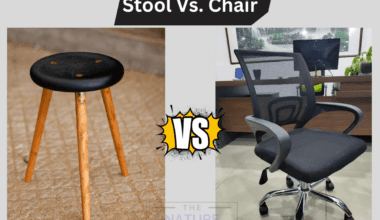With the home office in trend, we don’t have much space and budget to buy each machine. Let’s be creative and try other methods to organize and bind papers.
A binding machine is quite expensive on the one hand; on the other hand, numerous methods exist to bind papers without a binding machine.
I use Staples and three-ring binders to bind my papers without a binding machine.
I also love to label my papers and tag them with different colored tags!
To bind the papers without a binding machine, you can use alternative methods of using staples, screw posts, three-ring binders, report covers, loose-leaf binding rings, and padding.
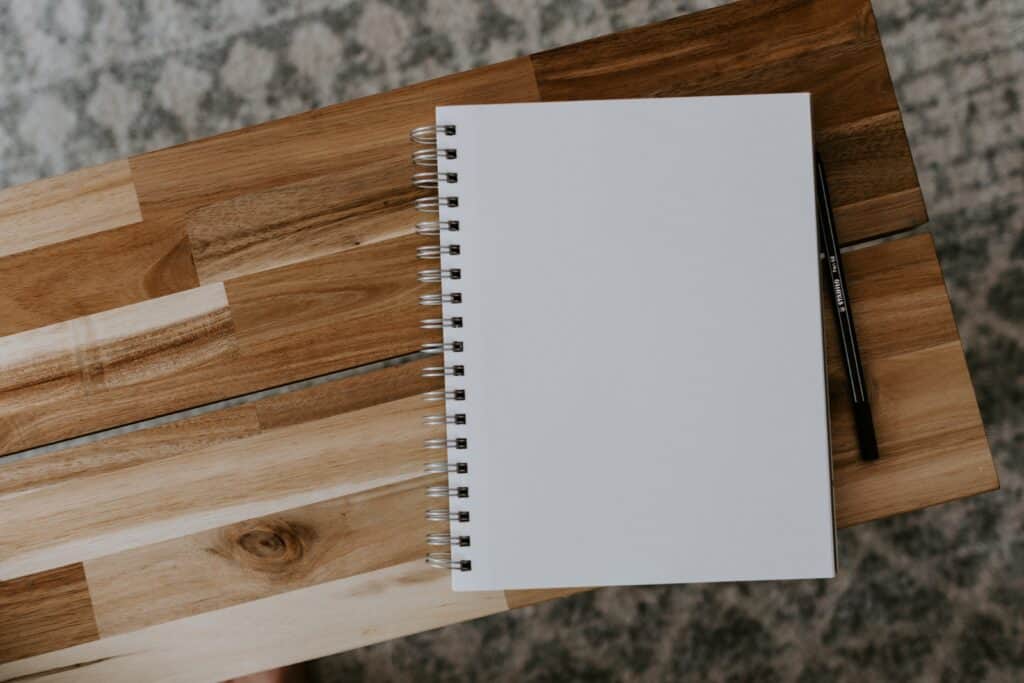
Knowing the suitable method to bind your papers is important because you can misplace and lose the documents while trying every technique.
In this article, I will talk about some of the standard methods to bind your papers without a binding machine so that you can get your documents organized, presentable, and in the right place.
Table of Contents Show
Why do you Bind the Documents?
While working with reports and lots of papers, the work can get messy. Further, it may take time at the final moment to present all of your work.
So, giving a little time to bind your papers can make your work easy, organized, and protected.
When you work hard on your project, it is essential to make it look organized and presentable. Therefore, binding helps your work look organized, presentable, and polished.
If you don’t have a binding machine, you can select the easiest way of binding your papers and make them look nice and polished.
There are so many benefits of binding. You can lose some of your sheets or misplace them often. But, if you bind them, you know where your papers are.
The organized binding and tags can make your work a bit easier and less stressful.
Common Types of Binding Methods Without Binding Machine
1. Use of Staples
Let me present you with the easiest way of binding documents without a binding machine. Every office has staplers. It is the most common and easiest method used to bind your documents.
You can simply fasten your papers and documents with just a snap. It is an effective and affordable method for a small number of records.
Pros
- Easy to use
- Affordable
- Quick method
Cons
- Binding a large number of documents get messy
- Looks unprofessional
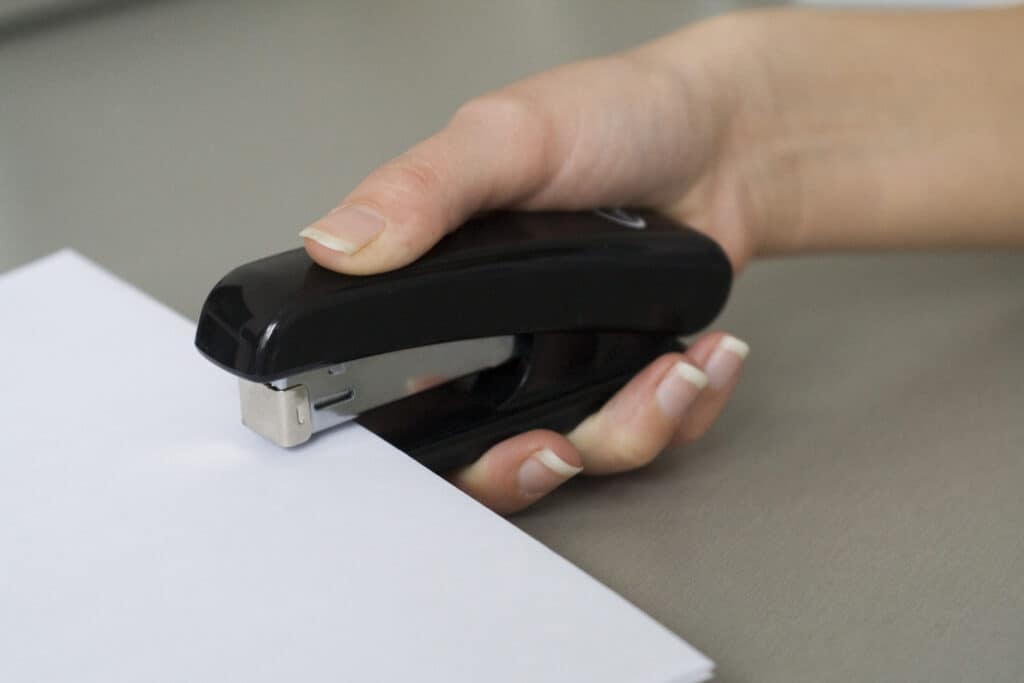
2. Use of Screw posts
Screw posts are the best option if you can access a three-hole punch. They are made up of metal and can thread through your documents.
Screw posts come in different sizes, so, unlike staples, they can bind large documents too. However, you need to manually insert the sticks through the holes and secure them by tying them.
Pros
- Binds larger documents
- Easy and Affordable
- Less time consuming
Cons
- Needs three-ring binder
3. Use of Three Ring binders
A three-ring binder is the best for a professional look at your documents—the best binding option for your meetings and presentations.
To use a three-ring binder, you need a three-hole punch to hole-punch your documents. Then, you can open the rings in the binder to put the sheets in.
Pros
- Professional
- Affordable
- You can customize the title pages
Cons
- It may look basic
4. Use of Report Covers
You can always use report covers for the polished and presentable look of your papers and documents.
This process takes no time and is one of the easiest ways of binding documents without a binding machine. Further, you can use report covers to secure your documents without hurting them.
Report covers are affordable, and you can use them if you have little time to present the documents. However, they are not as sturdy as binders.
You can also use Pinchbooks instead. They have a hardcover, so you can simply slide in your papers and close them to have your documents bound.
Pros
- Takes no time
- Affordable
Cons
- Less reliable
- Risk of misplacement
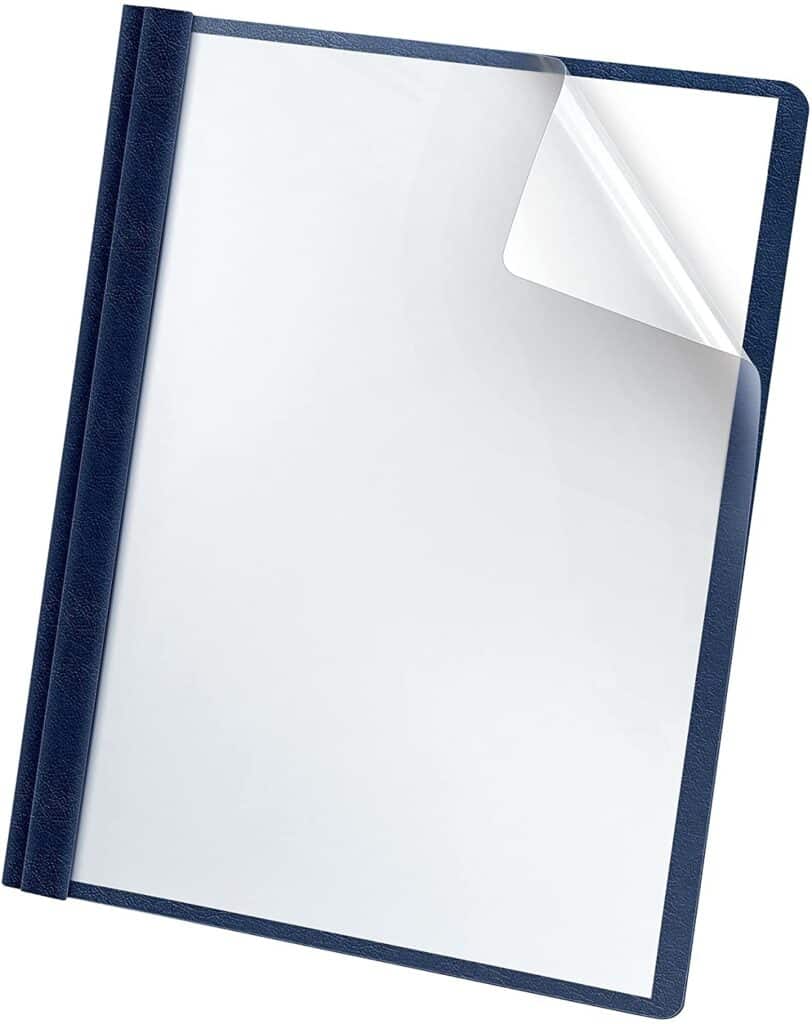
You can buy this Report Cover at Amazon.
5. Use of Loose-Leaf Binding Rings
Loose-leaf binding rings can fit perfectly into regular-sized punched holes. If you are looking for an easy and effective method for any number of papers, this method is for you.
You do not need any binding machine if you use loose-leaf binding rings. They are versatile and come in different shapes and sizes.
You just need to open the rings, insert them through the punched holes and close their rounds.
Furthermore, for ease, these rings come in different styles as per your requirement and comfort.
You can find plastic and metal rings with snap locks, screw locks, and overlap styles. You can use them to bind thick documents.
Pros
- Easy and Affordable
- Versatile
- Can bind large documents
Cons
- Does not have cover for protection
6. Binding of Pre-Punched Papers
You can do a coil binding on your pre-punched papers. Yes, you heard it right. All you need is pre-punched papers, crimper pliers, back covers, and front covers that are too pre-punched and coil binding spines.
You can simply roll your coils through the pre-punched holes. And you can crimp the ends in with the pliers.
You do not have to spend money on a punching machine if you have pre-punched covers and documents.
Pros
- Affordable
- Secure
- Professional
Cons
- Time-consuming than other methods
- A bit more complicated than other methods
7. Notepad Binding or Padding
For Notepad binding, you need padding glue. This method, too, does not require a binding machine.
You can use your hands, but if you have automated machines and presses, you can use them if you bind a large volume of paper.
Therefore, it would help if you had your sheets of paper, padding glue, maybe a brush for the bond, and a clamp. It’s one of the simple methods.
You just need to clamp the sheet of paper together, use glue to attach them, and once it dries out, you can remove the clamp.
Pros
- Holds the papers together well
- Simple and easy
- It doesn’t require machines
Cons
- It takes time to dry out
- It can get messy for first-timers
Best Way to Bind Paper Without a Binding Machine
If you are always working with papers, you better know some reliable methods of paper binding without a binding machine.
You can use staples and report covers for a small number of papers. They are the two easiest methods that come in handy. Therefore, they do not require much time and skills.
The other methods are Screw posts, three-ring binders, and padding.
For a more significant number of papers, using staples and report cover may not work for you. You can misplace the sheets, and also, pins can’t bind a large number of sheets.
You need a more reliable method of large binding documents. And using loose-leaf binding rings can help you with it. They can bind more essential documents.
You can use this method for both small and large documents if you have pre-punched papers. However, you can use punched covers for more important documents so they won’t get damaged.
Padding the papers can also be used for both large and small volumes of documents.
How to Bind Paper with Spiral Coil Without Machine?
You can bind your papers with a spiral coil without a binding machine. A helical coil wraps around all the documents, so it is an excellent way of binding without an engine.
Also, spiral coil-bound papers are durable and provide great functionality.
You can further add a laminated cover to protect from any damage. Prevention is always better than taking the risk of damaging your documents.
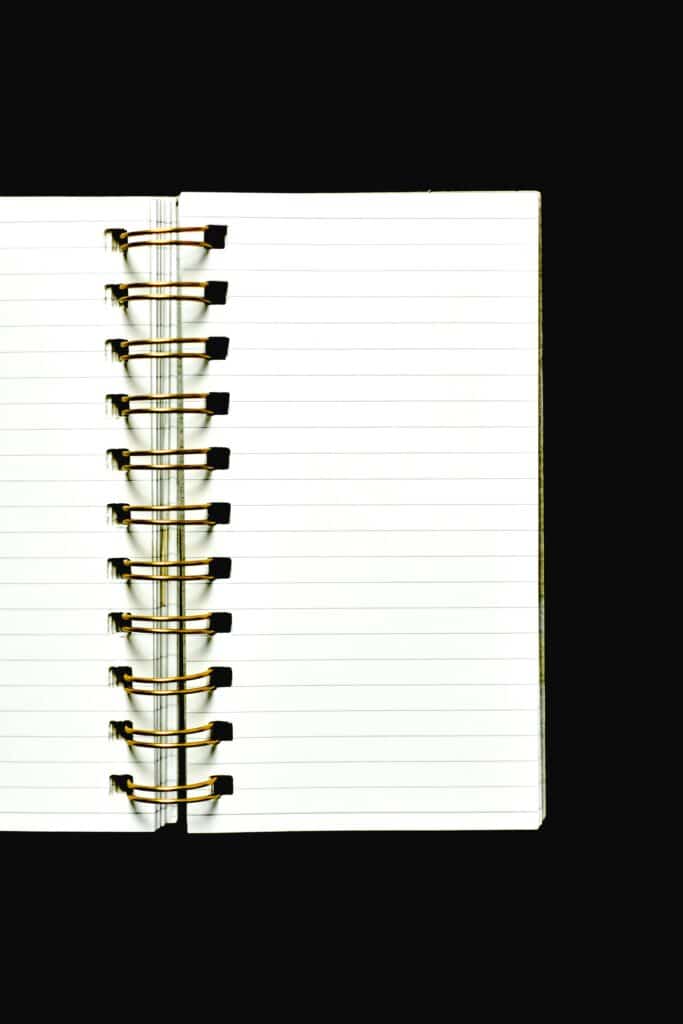
Here are the steps to bind paper with a spiral coil without a binding machine.
- Firstly, select the type of coil, a metal one or a plastic one. I prefer plastic ones while binding papers without a machine. It comes in different colors to match my project.
- Select and use the papers that are punched in a way that is perfect for your chosen spiral coils.
- For a standard-sized coil, you can use the pre-punched papers in the punch ratio of 4:1. They are also readily available.
- Once you get the right punched papers and plastic spiral coils, binding is a piece of cake!
- Insert the spiral coils through the punched holes carefully and neatly.
- For the final step, gently bend the crimps on each end of the spiral coil to secure your documents.
Further, you may also want to know a bit about removing them from spiral coils manually. Sometimes, you may want to replace the ring or simply dismiss them as per your need.
Therefore, to remove the spiral coils, take a needle nose plier. You must gently and carefully bend the crimp from each end of the spiral coil.
This helps the coil to line up with the binding. You must manually spin the ring out of your papers or book.
How to Stop Losing your Papers While Binding?
Binding without a binding machine is fun as well as tricky!
If you don’t have a binding machine, you may not want to bind your papers immediately using the alternative method. However, storing the documents for later can lead you to lose some documents, and you can misplace them.
You can leave one in the home drawer and the other in your office.
To avoid such problems, bind your papers as soon as you complete the task. Also, you can choose the easiest, most convenient, and most affordable binding method.
To avoid losing your papers while binding, go for the easy, convenient, and less time-consuming method as soon as you finish the work.
This will help you with all the misplacing, damaging, and losing your work.
Furthermore, you can also try customizing your binding method. You can use tags or try color coding and labeling in tags.
You can also use sticky notes to keep track of your office work. Read on: How to Use Sticky Notes Creatively for your Home Office?
Conclusion
Binding your papers without a banding machine lets you get creative.
You can use staples, binding rings, and the report covers to bind the small-sized documents, whereas, for larger-sized documents, you need to go for loose-leaf binding rings or padding.
Padding can get messy if you are trying it for the first time.
Binding helps your work look better, organized, polished, and versatile.
Using color codes and labels in tags can help with misplacement and improve the organization of documents.


